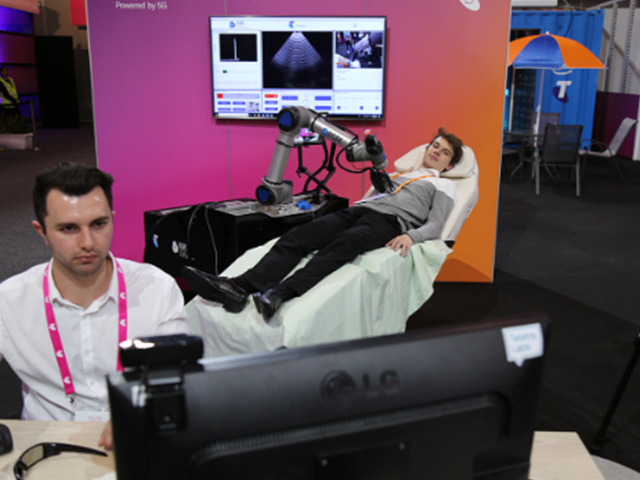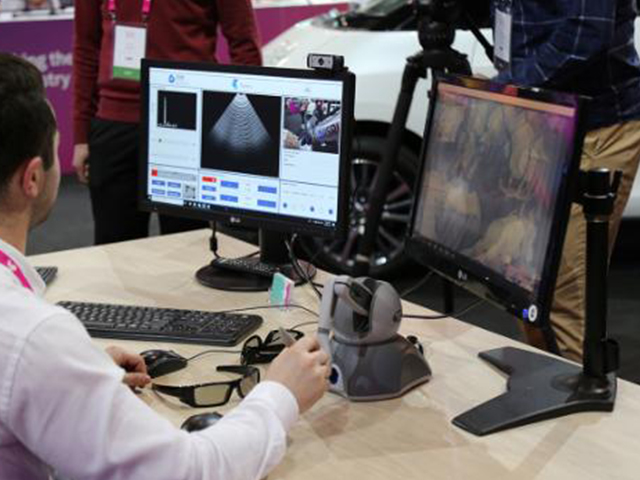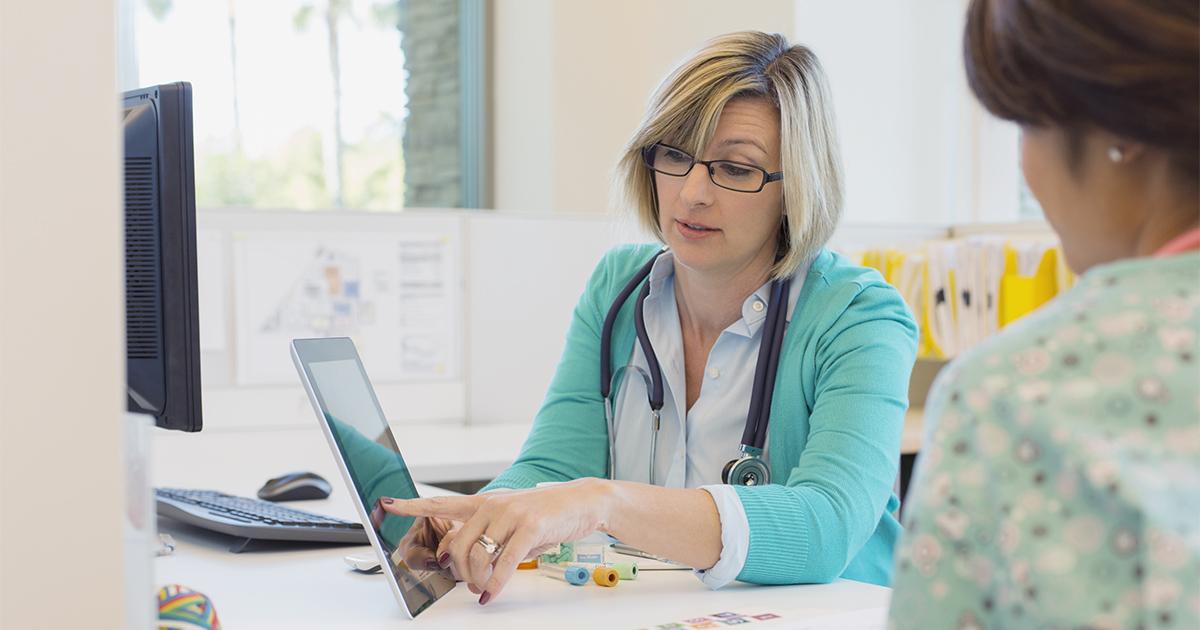Article content
From patient monitoring to personalised medicine, 5G is set to revolutionise regional healthcare in Australia. Here’s how.
5G has been heralded as key pillar of the fourth industrial revolution – and with good reason.
With its high-throughput, reliability and minimal latency 5G could contribute as much as $50 billion to the Australian GDP by 2030, according to Deloitte.

And healthcare is tipped to be a significant beneficiary, with the technology having profound implications for remote monitoring, and personalised, data-driven healthcare.
“5G will open up innovation like we have never seen before,” says Andrew Stormont, Telstra’s Mobility Executive.
“We’re exploring a plethora of options leveraging 5G to co-create and pilot use cases across the health sector as the remote health industry becomes established and maximises the use of AI developments in connected medical devices, and edge computing for real time predictive data analysis.”
This will build on the digital transformation taking place in healthcare - digitising records, better connecting healthcare information around the patient, and development of real time analytics to support clinical decision making, and to empower consumers.
Proactive remote monitoring with 5G
Healthcare is increasingly delivered to patients in their home, using technology to help monitor and manage illness and connect patients to their care providers.
Across the country, connected health monitoring devices are already transforming the lives of patients suffering from serious or chronic health issues, such as cardiovascular disease or diabetes.
Health monitoring and sensory devices are becoming increasingly sophisticated, providing an opportunity for high quality, continuous data about a patient’s condition and alerts and advice to clinicians if a patient’s condition deteriorates.
By alerting consumers and their clinicians about early warning signs, remote monitoring enables a patient and their care team to make proactive interventions, improving the patient’s quality of life and helping to reduce the risk of emergency situations.
Remote monitoring can be complemented by improved access to clinicians through telehealth, particularly in regional and rural Australia. High quality video conferencing between a patient and their clinician means that a patient can more easily access their care provider.
Trials of remote monitoring and telehealth are already being pioneered across Australia, and 5G will present an opportunity for these approaches to deepen and grow as they become established over the coming years.
5G will augment these existing technologies by facilitating machine-to-machine (M2M) communications, which will help to expand monitoring and provide near-real-time analytics that can improve health outcomes.
“We have a once in a generation opportunity to transform how healthcare works by connecting patients with their clinical team digitally in real time,” says Andrew.

Delivering personalised care with predictive analytics
The health sector’s digital capabilities are building every day. As health information is increasingly digitised and connected, there is an opportunity to put the patient at the centre and provide personalised care supported by analytics.
5G technology is set to support the trend toward both cloud-based and distributed health data systems that underpin these platforms.
As health data analytics develops, predictive analysis will become increasingly prescriptive to assist healthcare decision making. Harnessing the power of AI, connecting a consumer’s own health information in real time to what we know about population outcomes, we can improve early warning and advice about appropriate care.
5G will not only assist in the gathering of health data via a network of IoT devices, but it will play a central role in transmitting the huge quantities of data into the cloud for processing, and the results back down to the clinicians, consumers and researchers who need them.
“5G will realise the potential of data in healthcare by bridging the gap between carers at the edge of the network and the data stored at the centre,” says Andrew. “There we can leverage machine learning to garner insights on drugs taken by patients, how they react to them in near-real time – delivering on the promise of personalised treatment.”
In bridging the gap between monitoring devices and secure cloud data centres, 5G has the potential to accelerate the pace of medical innovation.
“There is an enormous opportunity for data analytics in healthcare. A lot of high-value information is created in healthcare, though only a small amount of it is currently used to its full potential. As the capture, use and integration of health data increases, more powerful insight is possible,” says Andrew.
“Through the use of data analysis and AI, physicians can uncover actionable insights, learn in real time and use the accumulated knowledge to determine the treatments likely to be most effective.”
Healthcare innovation needs a flexible network partner
Much like 4G and 3G before it, it’s highly likely that we haven’t even imagined biggest changes 5G will bring. Only a well-prepared organisation with a rationalised, flexible network will have the agility to take advantage of the evolving opportunities.
When considering a network partner to prepare you for the future, consider one with a proven commitment to investing in innovation and the broad security capabilities to keep your clients’ medical data secure.
Currently, Telstra is leading the Australian marketing in 5G adoption – we expect to have 200 5G-enabled mobile base stations deployed by the end of 2018 – supported by an ambitious plan to roll the new technology out across major metro areas, regional centres and other high-demand areas in 2019.
“We’re proud to have hosted the world’s first end-to-end 5G non-standalone data call on a commercial mobile network, and our rollout of 5G is underpinned by around $5 billion in mobile network investment over the three years to 30 June 2019 to enhance the capacity, capability and reach of our network,” says Andrew.
“The impact of 5G will be more than these individual solutions – it’ll be a heightened level of service throughout an organisation for staff and clients alike.”
Through Telstra’s subsidiary Telstra Health, we also have strong expertise in clinical software and digital health platforms, and this expertise complements our strong understanding about the potential benefits 5G can deliver.

